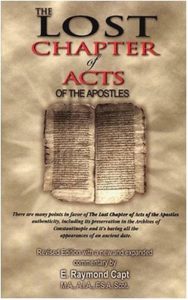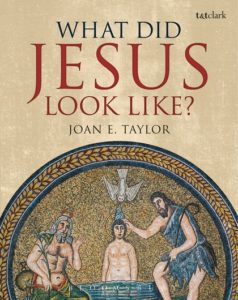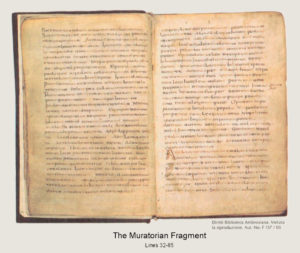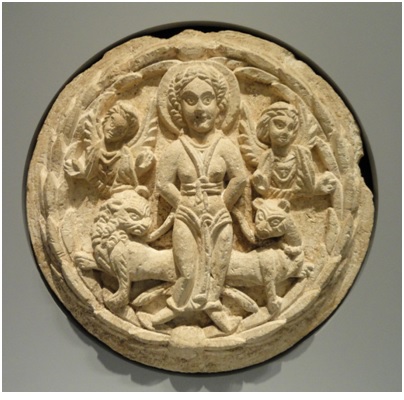CFP: Visualizing Women in the Apocrypha
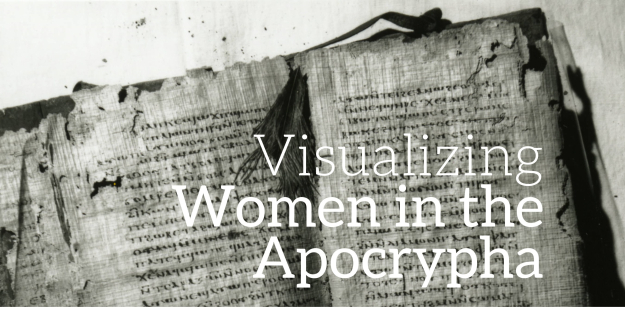 Call for Papers for Special Session at the International Congress on Medieval Studies (ICMS 2019)
Call for Papers for Special Session at the International Congress on Medieval Studies (ICMS 2019)
May 9 to 12, 2019
Western Michigan University
The proposed session is devoted to the construction and visualization of women as reflected in apocryphal sources with the aim of bringing into attention this generally neglected topic/sources which seem to be underrepresented. The existent literature, in the general field of apocrypha, indicates that there is space for debate on issues connected to gender in these sources.
Research in this field concentrates mostly on the textual tradition and transmission of apocryphal texts, yet aspects concerning the construction and function of women and gender still need to be addressed. Hence, we seek to examine issues related to the status, function, and identity of women who may be models and/or background figures in fields pertaining, but not limited to: theology, religious studies, textual studies, manuscript studies, art history in a transdisciplinary perspective.
Original work and research is welcomed starting from the Late Antiquity to the Late Middle Ages, both in the East and West. The sessions refer to the concept of ‘apocrypha/on’ as movable texts whose composition does not end in the fourth – fifth centuries in the context of the establishment and closing of the canon. This permits to address issues concerning the evolution, transmission, adoptation, and adaptation of sources.
This session also aims to bring the intellectual outcome of these sessions into the attention of the general public by publishing the proceedings of the debates in the …


